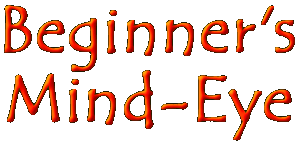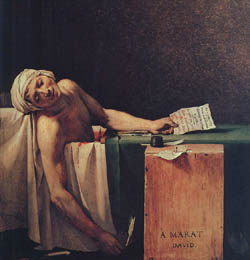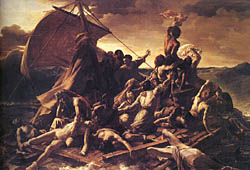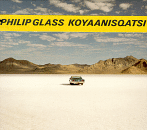 |
|
|
|
|
|
|
"
'It is our Buddhist belief,' he replied, 'that the human mind, as
I once told you, An
onion is made of hundreds of layers of thin skin. When you take Your
mind is made of thousands of layers in a similar way', Rama, "Surfing the Himalayas" p169
PART 1 The analogy of the onion has great relevancy for our lives. And I can't help but recognize how appropriate it is to "seeing" art. When we visit a gallery or museum and observe works of art – paintings, sculptures, etc – there is little question that we are perceiving through veils of prejudice and contextual information. This by no means limits our enjoyment of the experience; however, it is interesting to consider the implications of these "layers". Can they be stripped away so that we observe from a purer, simpler, unaffected perspective? The "innocent eye"? Two visual experiences in my life come to mind. In 1981 I went to an exhibition of paintings from the French Revolutionary decades. I was incredibly excited at the prospect of seeing works that were highly influential on my artistic development. In particular Théodore Géricault's "The Raft of the Medusa" and Jacques-Louis David's "The Death of Marat".
Jacques-Louis
David, "The Death of Marat" As I walked in through the entrance I was thoroughly awestruck. There before me, in proportions that I had never possibly conceived, was David's masterpiece. My breath was taken away. I stood glued to that spot. Oblivious to anything around me, in utter rapture. I basked in every brushstroke, and a host of passionate thoughts flowed through my body. When I looked at my watch I realized that half an hour had passed. It seemed like only a few minutes, but I had been transported to worlds beyond my comprehension.
Théodore
Géricault, "The Raft of the Medusa" The second experience occured a couple of years later, in 1983, when I first saw Godfrey Reggio's movie "Koyaanisqatsi", with its powerful message and intense Philip Glass soundtrack. I was mesmerized by the subtle and beautiful metamorphosis of the clouds over a mountain top to waves in the ocean, and the sheer enormity of the panoramas.
Visit the official Koyaanisqatsi/Powaqqatsi/Naqoyqatsi web site: http://www.koyaanisqatsi.org But what sent chills up my spine was the moment I gazed upon the sea flickering a million facets of light. I was viewing the water and the play of light on its surface in isolation – there was no distraction. And for the first moment in my life I truly understood everything that drove the Impressionists. I was seeing quite clearly the same thing they had seen decades before. And ironically, for their honesty and genius they had suffered a barrage of insults and accusations. There was no perversion or distortion of the truth in nature – in fact they were spot on. This was quite a revelation to me, it helped me to recognize that truth is often heavily veiled, and it can take enormous effort to "see" through these. So what are these layers that form, and which disguise and obscure the essential experience? Perhaps the two greatest layers are media and the psychology of perception. The former, while serving to make art accessible, has in many ways simultaneously vulgarized art and distorted our perceptions. The latter encompasses a host of physiological, social and developmental influences on our perspective. Then we have to deal with academic preconceptions, and to compound the entire equation, we have to consider the context of the artwork – its physical environment. freespirit
The video/DVD of "Koyaanisqatsi" is available in Australia, however, it appears it is currently unavailable in the USA. Keep an eye out on Amazon.com for its release. The soundtrack by Philip Glass is available through Amazon.com (click on pic for link)
|
|
||
|
|
 |
|
Legals: Copyrights are maintained by respective contributors and may not be reused without permission. Graphics and scripts may not be directly linked to. Site assets copyright © 1999 - 2003 by RamaLila. Photo of Dr. Frederick Lenz (Rama) reprinted with permission. By using this site, you agree to relinquish all liabilities and claims financial or otherwise against RamaLila and its contributors. Visit this site at your own risk. |






